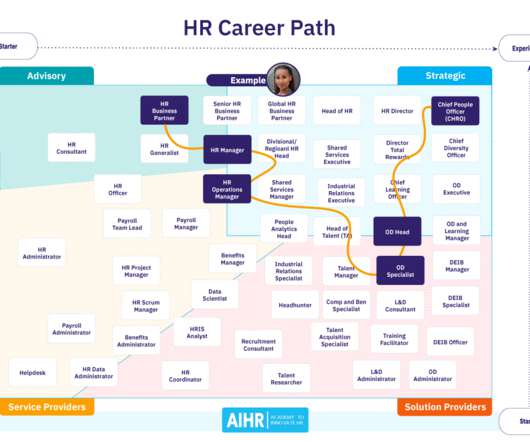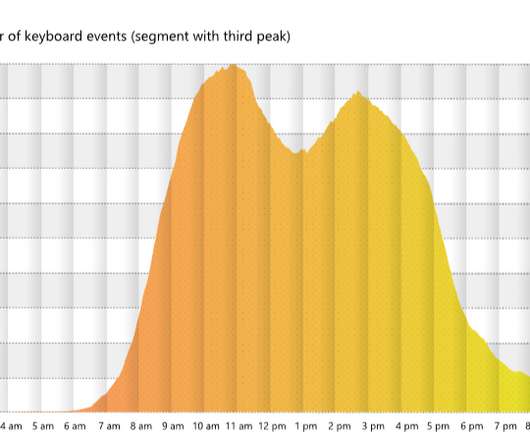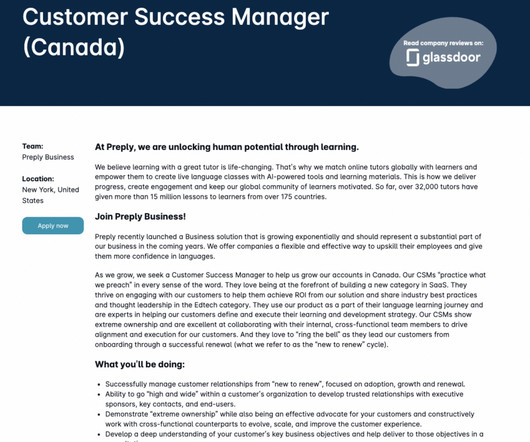Using Passion To Drive Purpose: Three Tips For Writing Effective OKRs
15Five
JULY 18, 2019
Through the use of company Objectives and Key Results ( OKRs ), many leaders have successfully created high-performing teams who feel engaged and fulfilled at work. While increasing revenue, adding MQLs, or improving customer NPS are all important places to focus, most people are driven by impact, not numbers.














Let's personalize your content